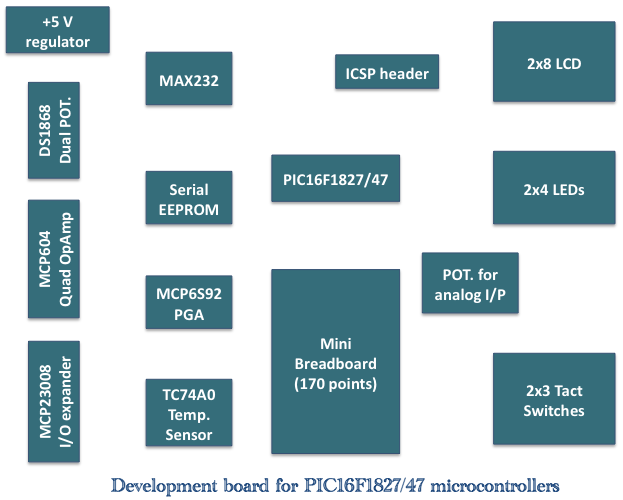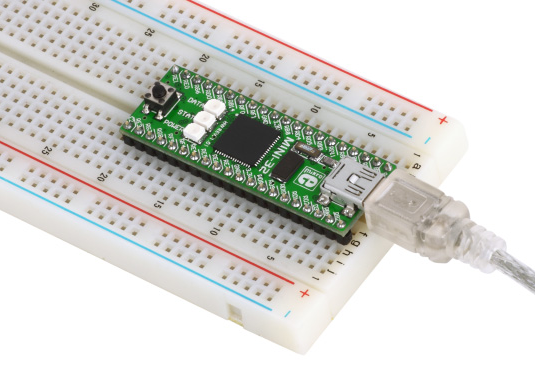Experimenter’s board for enhanced mid-range PIC microcontrollers (PIC16F1827 and PIC16F1847)

The PIC16F628A has always been my first choice for microcontroller-based projects. It is simple, inexpensive, and easily available. Due to its compact size (18 pins) it occupies lesser space on the circuit board, and meanwhile, it is powerful enough to serve most of a hobbyist’s needs. It is a very well accepted successor of the classic PIC16x84, and therefore, the tons of resources available for PIC16x84 on the internet and books can also be used for PIC16F628A. Last month, Microchip Technology Inc. announced the latest addition to its Enhanced Mid-Range core 8-bit PIC® microcontroller (MCU) family by introducing PIC16F(LF)1847. When
Read more


